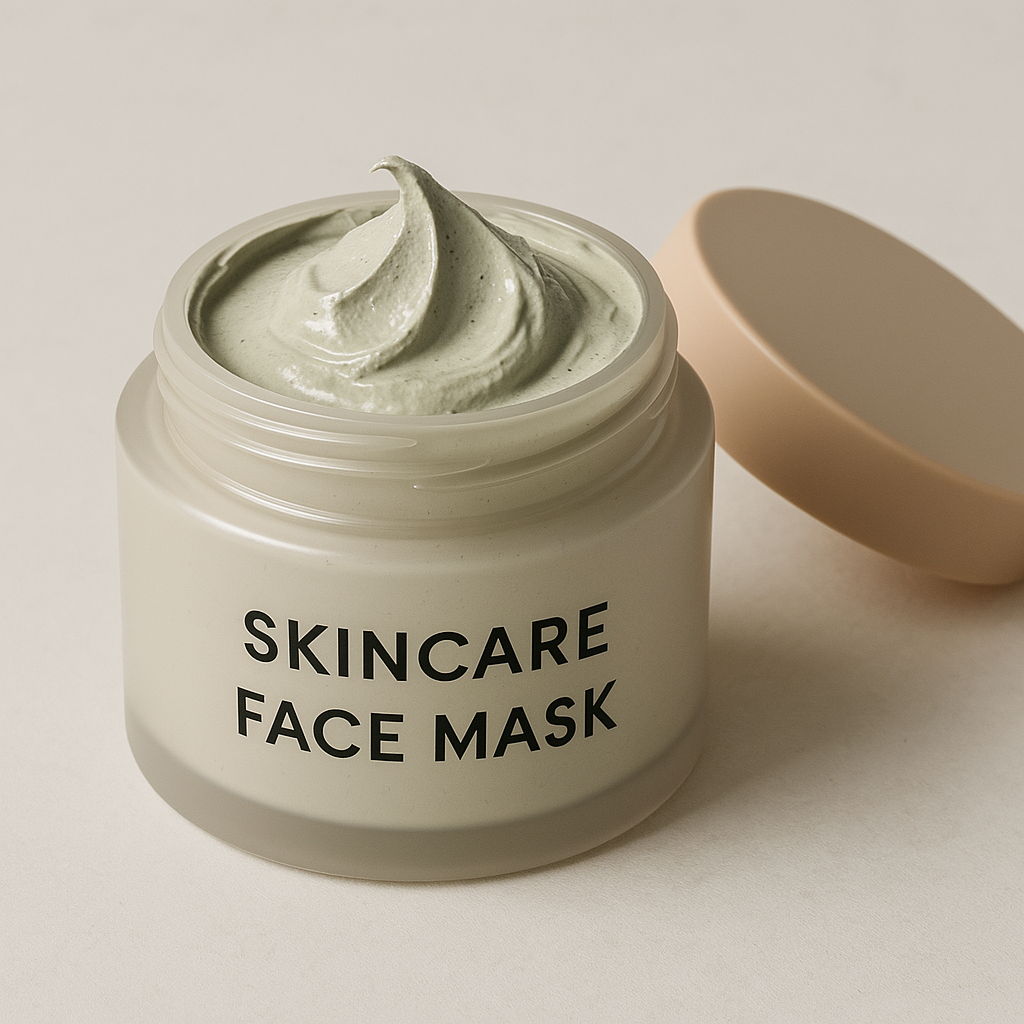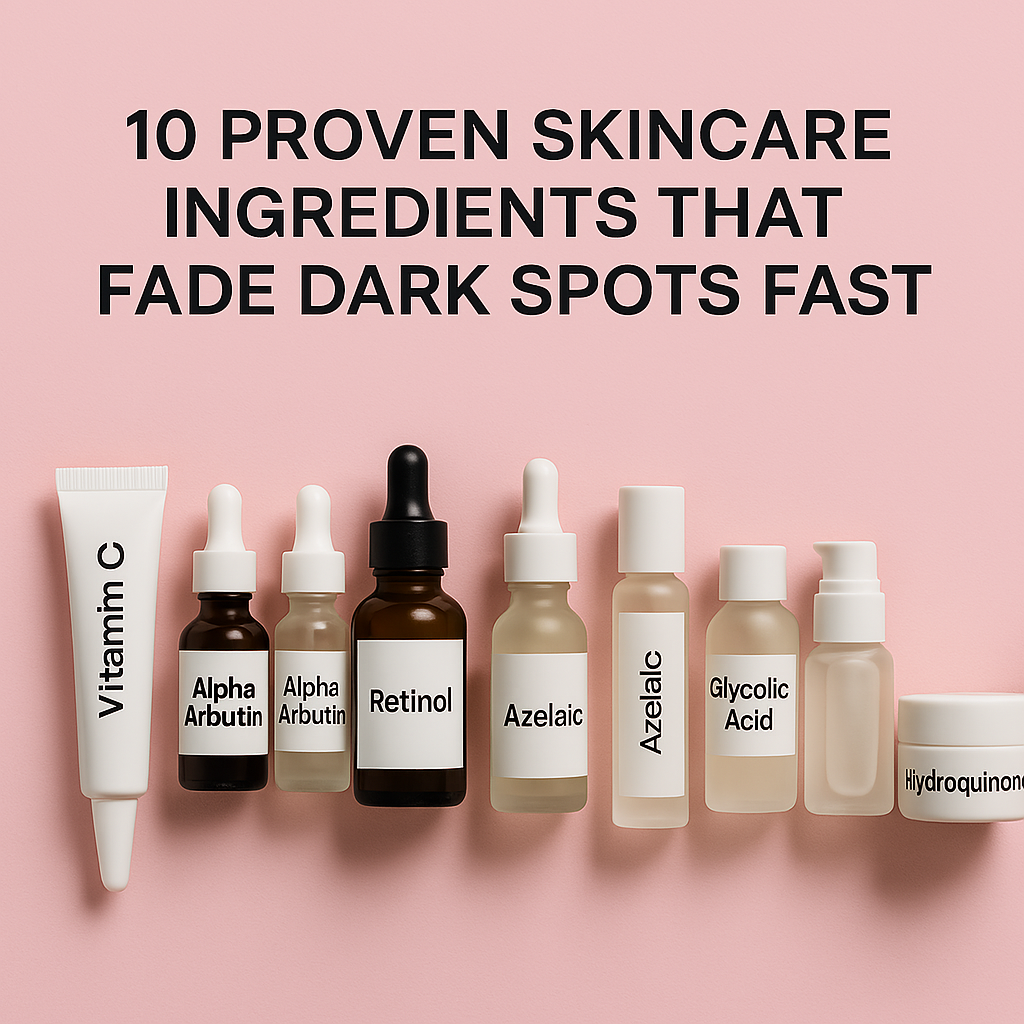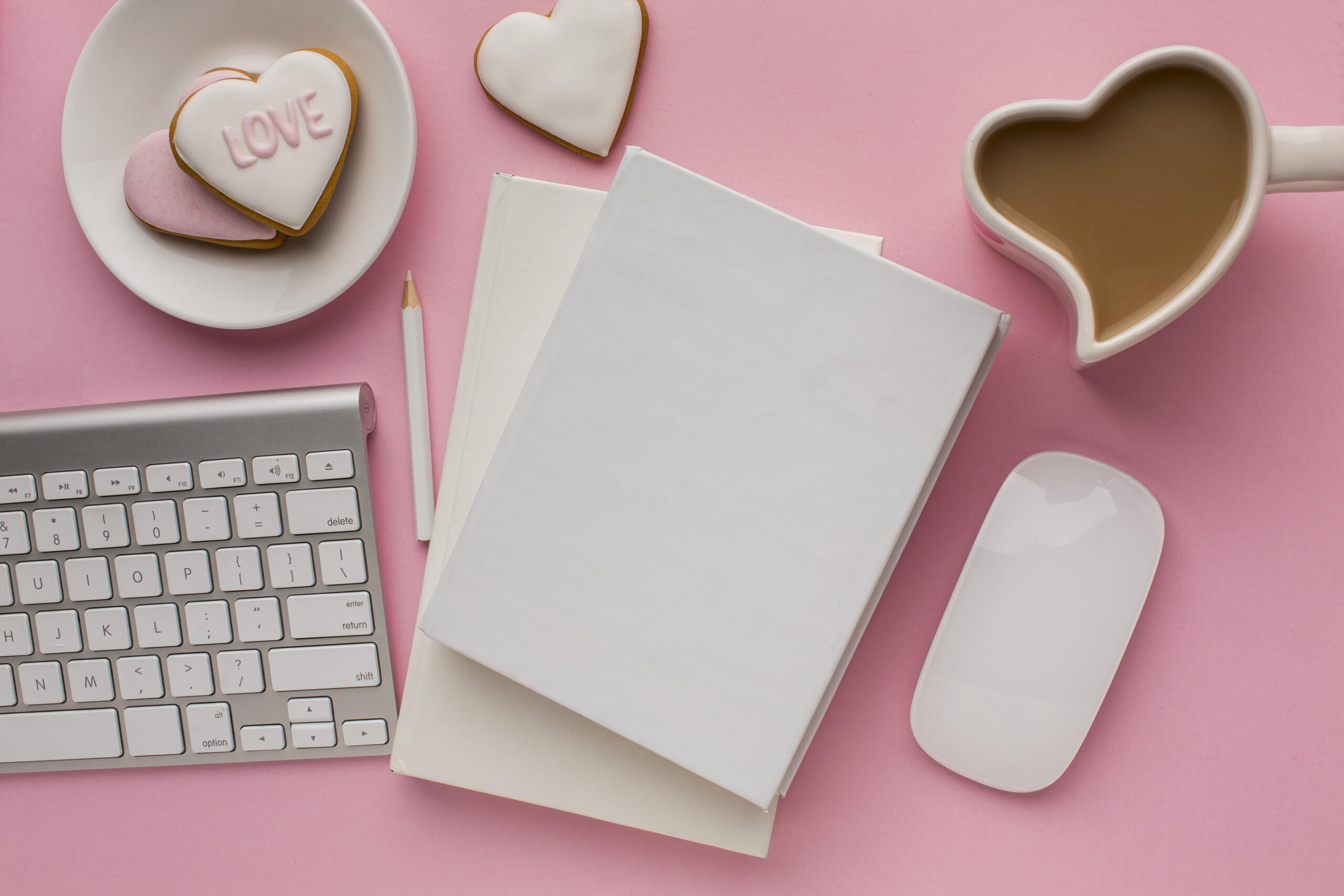Understanding the Importance of Proper Mask Layering
Layering a face mask correctly with other skincare products is essential for maximizing its benefits and ensuring that your skin receives the necessary nutrients and hydration. Many people use face masks as a standalone treatment, but combining them with other skincare products can enhance their effectiveness. However, it is crucial to understand which products should be applied before or after a mask to avoid counteracting their effects. The key to successful layering is knowing your skin type, the type of mask you are using, and the ingredients in your skincare routine. Using the wrong combination can lead to irritation, clogged pores, or reduced efficacy of the products. Whether you are using a clay mask for deep cleansing, a sheet mask for hydration, or a sleeping mask for overnight nourishment, following the correct steps will help you achieve glowing, healthy skin.
Prepping Your Skin Before Applying a Face Mask
Before applying a face mask, it is essential to prepare your skin properly to allow the mask to penetrate deeply and work effectively. Start by cleansing your face with a gentle or targeted cleanser that suits your skin type. Cleansing removes dirt, oil, and impurities, providing a clean surface for the mask. If your skin needs an extra boost, consider exfoliating with a mild scrub or a chemical exfoliant like glycolic acid or salicylic acid. This step helps to remove dead skin cells and unclog pores, allowing the mask’s active ingredients to absorb better. However, avoid using strong exfoliants before applying a face mask if you have sensitive skin, as this may cause irritation. After cleansing and exfoliating, pat your skin dry with a clean towel, ensuring that your face is free from excess water or residue before moving on to the next step.
Applying the Face Mask: Choosing the Right Type
The type of face mask you use will determine how you should layer it with other products. Clay masks, for example, are designed to absorb excess oil and impurities from the skin. These should be applied on a dry face and left to dry before rinsing off with lukewarm water. Hydrating sheet masks, on the other hand, should be applied to clean, slightly damp skin to help lock in moisture. Gel masks provide a cooling effect and work well for soothing irritated skin, making them ideal after exfoliation. Peel-off masks should only be used on dry skin and should be applied in an even layer to ensure they peel off smoothly. Sleeping masks, designed for overnight hydration, should be the last step in your nighttime skincare routine. Understanding the properties of your mask will help you integrate it seamlessly with your other skincare products.
What to Apply After a Face Mask
Once you have removed your face mask, it is important to follow up with the right skincare products to lock in the benefits. If you used a clay mask or a peel-off mask, your skin might feel slightly dry, so applying a hydrating toner or essence will help replenish moisture. Follow this with a lightweight serum that contains ingredients like hyaluronic acid, niacinamide, or vitamin C to further enhance your skin’s glow. Moisturizers should always be applied after a face mask to create a protective barrier and prevent water loss. If you are applying your mask in the morning, be sure to finish with sunscreen to protect your skin from UV damage. For those using a sleeping mask, there is no need to apply an additional moisturizer, as these masks already contain deeply hydrating ingredients designed to work overnight.
Tips for Layering Face Masks with Other Treatments
To ensure that your skincare routine is effective, avoid using multiple strong active ingredients at the same time. For example, if your face mask contains exfoliating acids, avoid layering it with retinol or another exfoliant, as this can lead to irritation. Instead, balance your routine by alternating strong treatments on different days. If you are using a hydrating sheet mask, you can enhance its benefits by applying a hydrating serum before and sealing in the moisture with a moisturizer afterward. For those who enjoy multi-masking—applying different masks to different areas of the face—choose complementary formulas that address various skin concerns without overloading the skin. Lastly, always listen to your skin and adjust your routine accordingly to maintain a healthy, balanced complexion.
Conclusion
Layering a face mask with other skincare products can significantly enhance your routine when done correctly. By understanding the right order of application and choosing compatible products, you can maximize the benefits of your face mask while keeping your skin nourished and protected. Preparing your skin beforehand, selecting the appropriate post-mask treatments, and avoiding product conflicts will help you achieve a radiant and healthy complexion. Whether you are targeting hydration, deep cleansing, or anti-aging benefits, following these steps will ensure that your skincare routine is both effective and enjoyable.





